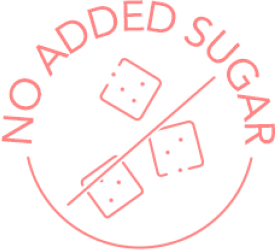Pink Tax: The cost of being a woman

Recently I met a friend of mine, and as embarrassing as it sounds, we both were wearing the same T-shirt. Nope, we didn't plan it, and it definitely wasn't fun walking around looking like our mothers dressed us. But what irked me the most about that incident is that our T-shirts were from the same brand and had the same make, but his t-shirt cost him 2/3rd the price of mine.
I had to get to the bottom of the mystery, and that's when I discovered Pink Tax, the price of being a woman.
What is Pink Tax?

It is a form of gender-based pricing that forces women to spend significantly more than their male counterparts. It isn't tax charged per se, rather a discriminatory system based on the archaic assumption that women shop more than men and are likely to spend more money. Gender normative marketing techniques are used to ensure that women can at a glance differentiate between products for men and women.
Manufacturers use flowery scents, pink packaging, and cursive fonts to scream "for women" and we end up paying significantly higher for the same product packaged in black.
At first, you don't even realise it. You're so used to paying x amount on your essentials that it's just how you do the math. But when you find out that you're paying significantly more than the men in your house, for something as insignificant as a razor, the patriarchy really hits you in the face. In fact, according to axthepinktax.com, the pink tax has cost a 30-year-old woman more than $40,000 in her lifetime. But what makes this worse is that women are paid considerably less but are expected to pay more. According to AAUW, currently, women make 80.5 cents for every dollar a man earns, a gender wage gap of 20%. Women are also charged higher interest rates, in spite of their consistently higher credit ratings.
The New York City Department of Consumer Affairs study found that “girl toys” cost on average 2% to 13% more than “boy toys”, that are the same other than their colour. This means that you've probably faced inequality before you could even spell it.
How can you identify Pink Tax?

When you enter a store before you checkout, go to the men's section and check the price of your product's equivalent. Is it more? If yes, the next step is to check the ingredients. If that too is similar, you are paying pink tax.
How can you beat Pink Tax?
While it is extremely prevalent, there are a few ways for you to beat it:
1. Opt for gender-neutral products or male-specific products
This definitely isn't something that is a blanket solution. This is just a quick fix. If you're buying t-shirts, purchasing something from the men's section may actually be more economical for you.
2. If you see discrimination, voice your opinion
Call out brands, be more vocal about your pain points. When we as consumers unify against malpractice, we can finally start seeing some changes. A small win is still a win.
3. Be on the lookout for pink tax-free companies
Find and promote pink tax-free companies. They're the need of the hour and a little support from us can create a ripple effect!
4. Do your research
When purchasing higher value assets like houses or cars, do your due diligence. Thoroughly check market prices and try to recognize if you're being misguided.






